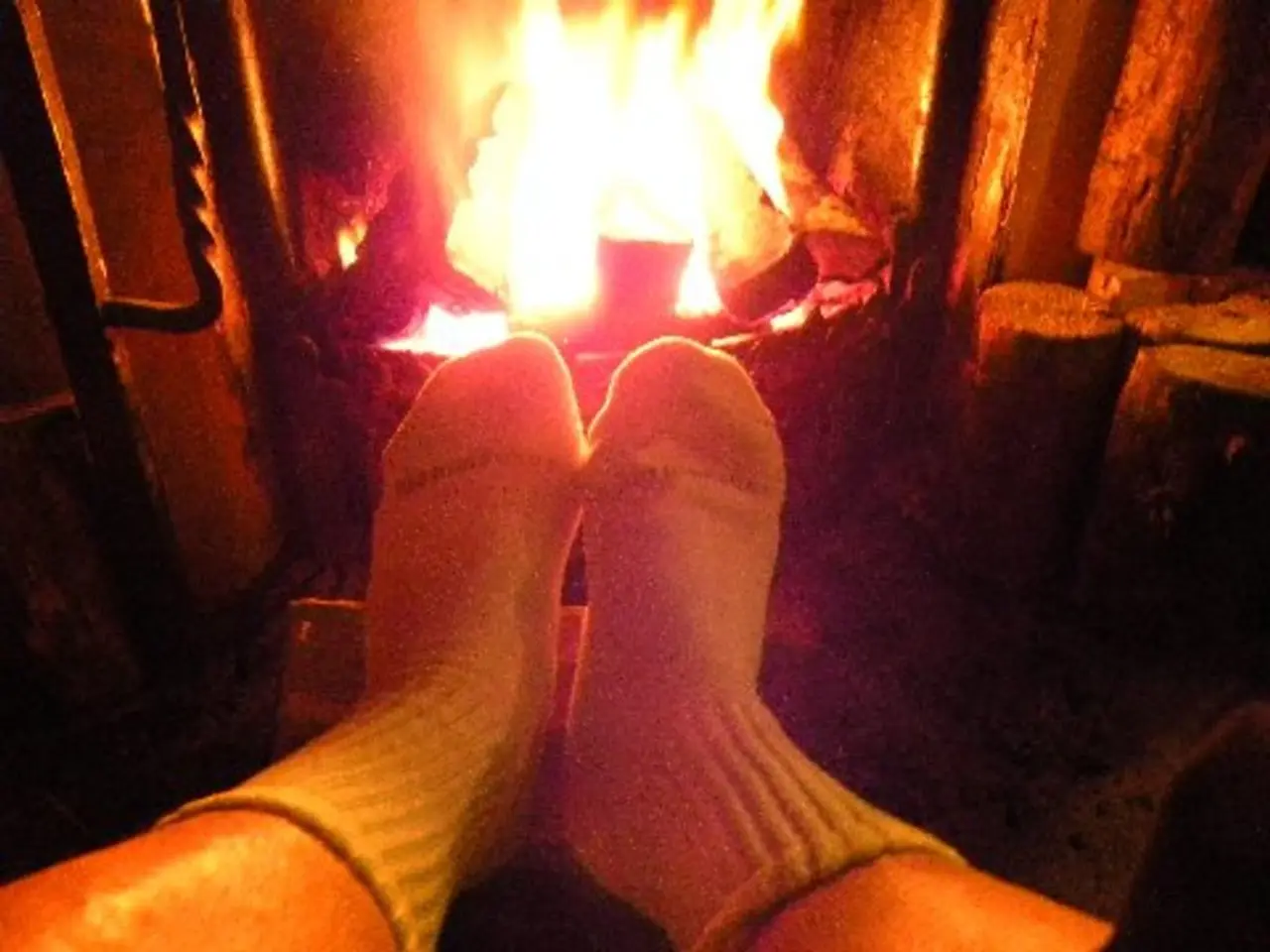Burns: Why Ice is Never the Answer
Burns, no matter how minor or severe, should never be treated with ice. This common misconception can cause more harm than good, potentially leading to permanent damage and slowing the healing process.
Instead of ice, use semi-cool water or a clean, wet towel to soothe mild burns. For protection, cover the burn with a dry cloth, non-stick bandage, cling film, or plastic wrap to prevent further irritation. Seek immediate medical attention for second- and third-degree burns that cause blisters and break open the skin. Keep heat-damaged skin hydrated with a light application of moisturizer like aloe vera gel. Over-the-counter pain medication such as ibuprofen or acetaminophen can provide relief. Remember, ice can decrease blood flow, numb the area, and even cause frostnip if left on too long, leading to increased damage.
Ice should never be used on burns, as it can cause further tissue damage, frostbite, or slow the healing process. Instead, opt for cool water, proper protection, and medical attention when needed. Keep the affected area hydrated and manage pain with over-the-counter medication.




